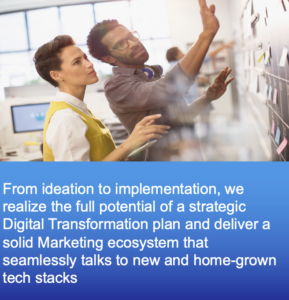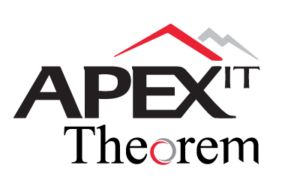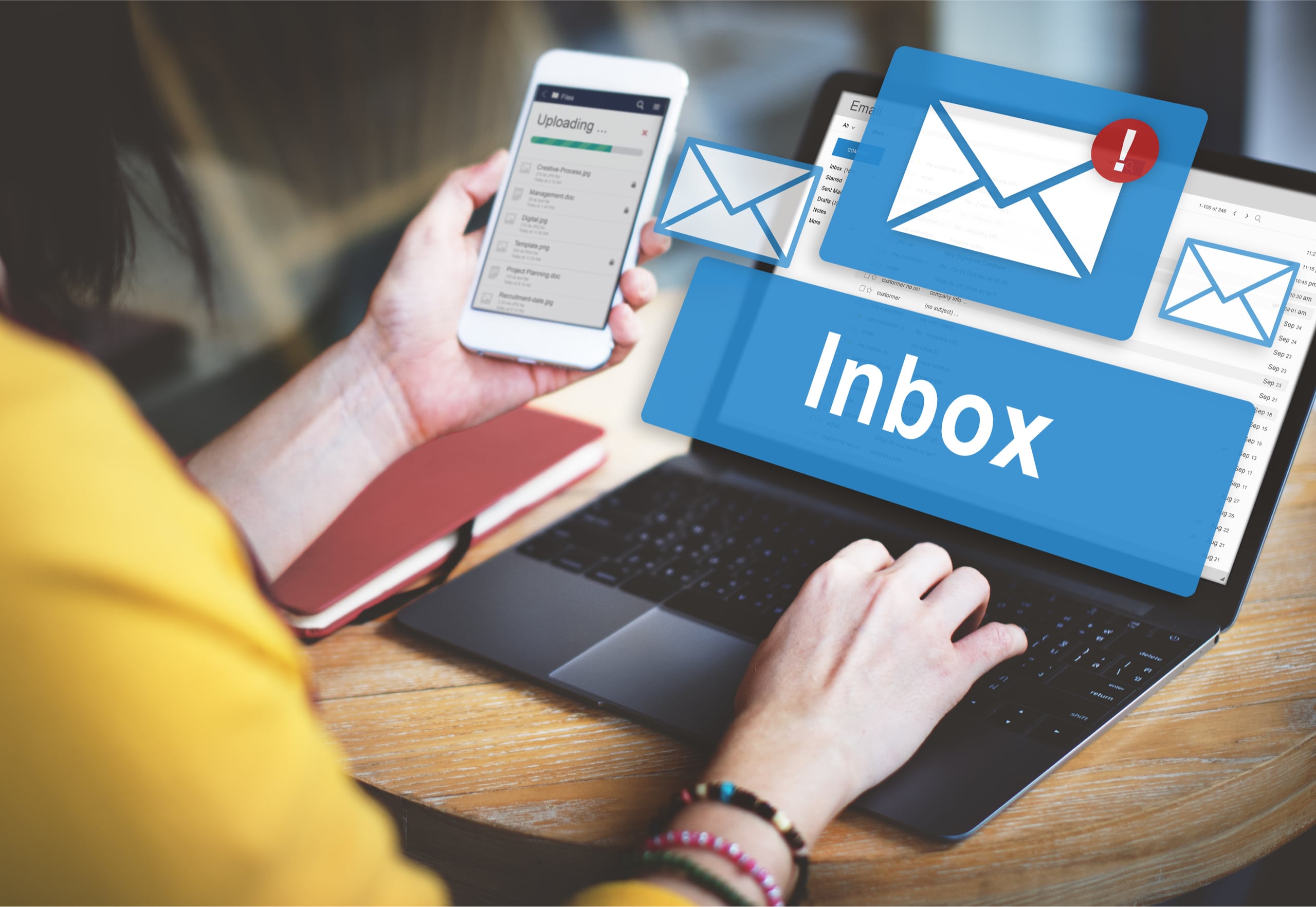Marketing Automation Trends for 2022 According to the Pros
Marketing automation software automatically manages and streamlines processes within digital marketing campaigns. These can include email marketing, social marketing, live chat, website monitoring, and lead scoring. Automation helps marketing teams do more with less and provides various business benefits, including improved return on investment (ROI) and lead quality. Here, several experts weigh in on marketing automation trends for 2022 and beyond.
When more capabilities are automated, marketing automation becomes more effective
One thing’s for sure—as automation technology evolves, so do marketers’ capabilities and expectations. Jonathan Bonghi, the marketing strategist with digital transformation solution-provider Apex IT, sees the future of marketing automation like this: “With the assistance of AI, marketers will be able to automate their omnichannel marketing and predictive analytics. Marketing automation will become the foundation of the new digital transformation revolution. Organizations that have a well-defined strategy and make investments into robust data management will be the big winners.”
Marketers can create authentic insight-driven engagements through marketing automation
Knowing how and when to use customer insights to your advantage is critical. Jonathan McClure, director of analytic and strategic services at Oracle Marketing Consulting, understands the value marketing automation delivers through insight-driven customer engagements.

Marketing automation empowers sophisticated customer acquisition
Marketing automation has changed how brands deliver value to customers and elevated the type of value they can offer. According to Sherene Hilal, SVP of marketing and business operations at Bluecore, a company that helps retail brands convert casual shoppers into long-term customers, “As more industries adopt autonomous technology, there’s increased pressure for AI applications to convert business intelligence into critical business actions. Discounts will become a thing of the past, or at least less of a go-to tactic. Brands will begin replacing blanket discounts that don’t keep shoppers around for long with unique offerings based directly on customer insight, as well as their unique selling points.”
Marketing automation that incorporates AI better determines future behavior
Companies that embrace AI and machine learning will gain a long-term competitive advantage. Konrad Feldman, cofounder and CEO of advertising technology firm Quantcast, agrees. “With AI and machine learning, marketers can gain insights in real-time and at scale, providing them with the ability to understand their audience better, what they need, and where they’re looking for it, empowering marketers to create better online experiences, improve business performance, and build brand trust. If a marketer or advertiser is not using AI-driven solutions to enhance their campaigns, they’re missing out on insights, new audiences, and productivity gains.”
Ready to stay ahead of marketing automation trends with the right tool?
Learn how Oracle Eloqua marketing automation can help you maximize campaign results in the years ahead.
Article written by: Waynette Tubbs, Director of Content Marketing, Oracle Advertising and CX with some insight from Jonathan Bonghi, Marketing Strategist at Apex IT, [email protected]



 So, what is Digital Transformation? Digital Transformation is the ability to create or modify business processes, customer experience, and market requirements: the overall revision of business in a digital era is Digital Transformation.
So, what is Digital Transformation? Digital Transformation is the ability to create or modify business processes, customer experience, and market requirements: the overall revision of business in a digital era is Digital Transformation.

 The first step of any business strategy process is the discovery stage. This is where your team really begins to understand what you’re trying to accomplish, what’s necessary to get you there, and what to look at differently. The next stage is to identify areas to optimize and any new areas that you should focus on. This helps eliminate any potential missed opportunities. Formulating this type of cohesive strategy allows you to then reach your target audiences more effectively on the platforms they prefer. Between the 5,000 ads that the average person sees every day, it’s imperative to stand out. And if you aren’t reaching your customers where they are, another company will.
The first step of any business strategy process is the discovery stage. This is where your team really begins to understand what you’re trying to accomplish, what’s necessary to get you there, and what to look at differently. The next stage is to identify areas to optimize and any new areas that you should focus on. This helps eliminate any potential missed opportunities. Formulating this type of cohesive strategy allows you to then reach your target audiences more effectively on the platforms they prefer. Between the 5,000 ads that the average person sees every day, it’s imperative to stand out. And if you aren’t reaching your customers where they are, another company will.



